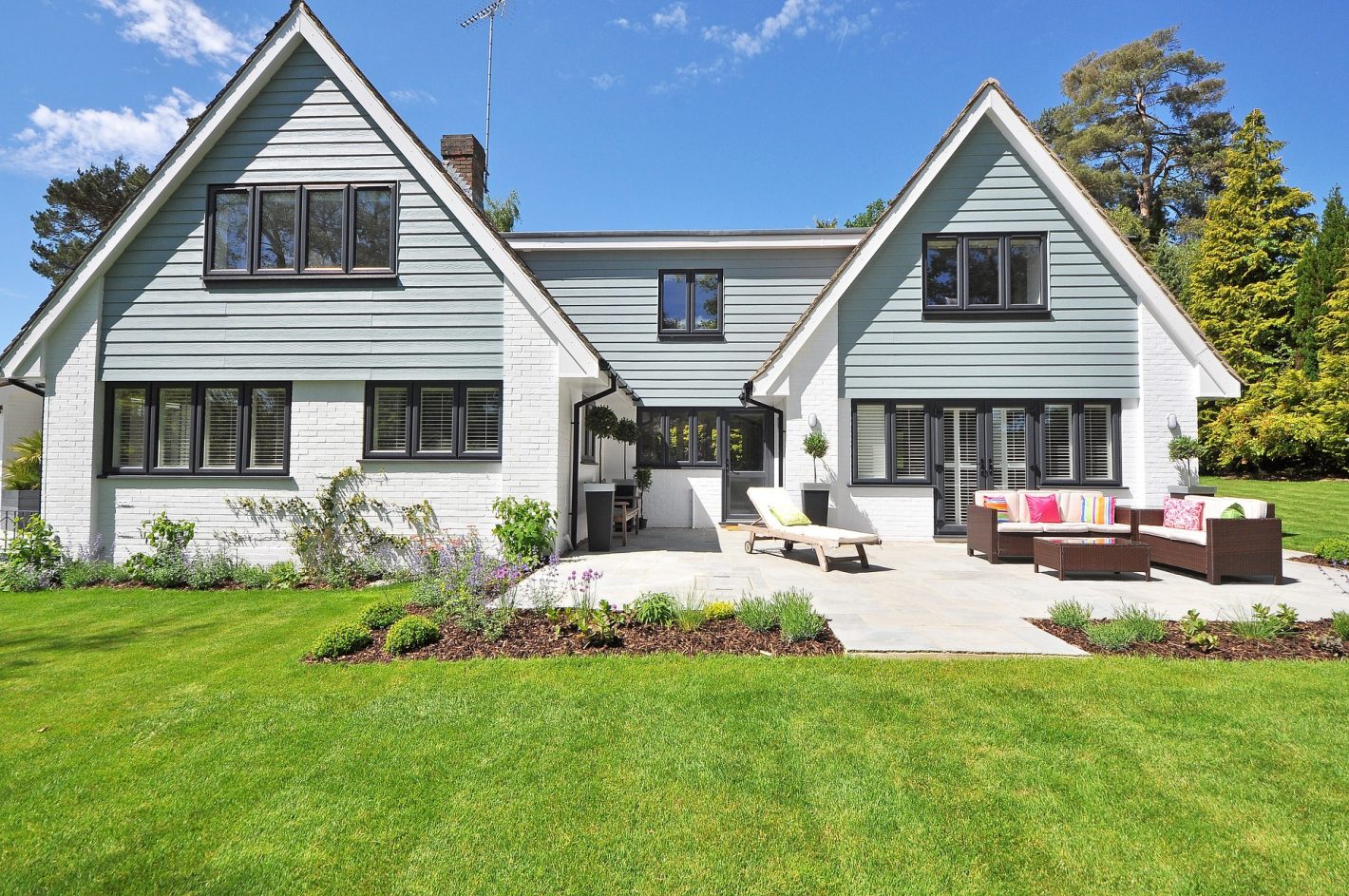According to the National Fire Protection Association, residential fires have increased 8 percent since the year 2000 with the average cost of repairs exceeding $15,000. While overall fires decrease in the winter months, winter is the worst season for house fires. The top causes of winter house fires include the holiday season, power outages and cold weather.
The Holiday Season
The winter holiday season can be a great time of joy, but unfortunately, for many families, it can also be a time of tragedy. December is the worst month of the year for candle fires, with Christmas and Christmas Eve being the two worst days. Candles are both a popular decoration and gift at Christmas time and more candles in use mean more candle fires.
Christmas decorations are also a leading cause of December house fires. Dry Christmas trees can become extremely flammable, particularly when strung with hot lights or decorated with candles. They are also prone to igniting when exposed to sparks from faulty wires or electrical outlets. Other potential hazards include faulty or damaged strings of lights, flammable paper goods and other decorations that aren’t fire-resistant.
Another source of holiday house fires is happenings in the kitchen. Year-round, most house fires start in the kitchen. Those big holiday meals mean more cooking is happening and cooks trying to get that huge holiday meal on the table on time may not be as careful as they should be. Thanksgiving day is one of the worst days of the year for cooking fires and that trend has only gotten worse with the introduction of turkey fryers.
Power Outages
Winter storms frequently lead to power outages. Power outages come with several fire hazards. People sometimes resort to unsafe methods when trying to keep warm while the power is out. They may attempt to heat the house with equipment that wasn’t designed for the purpose such as gas stoves and BBQ grills. The improper use of this equipment is both a fire hazard, due to the open flames, and a carbon monoxide hazard. Homeowners who don’t usually use their fireplace or wood-burning stove may not keep that equipment properly maintained, which can result in fires when used as a heating source during a power outage. Winter storms can cause downed power lines, which can spark fires. Power outages are also sometimes accompanied by power surges, which can lead to electrical fires. Candle fires also tend to increase because people use them for light and warmth when the power is out.
Cold Weather
You might think that cold weather would make fires less likely, but unfortunately, cold weather often leads to an increase in house fires. The primary reason for this is fires caused by people trying to heat their homes. Heating fires are the second highest cause of U.S. home fires, with December, January and February being the worst months. Space heaters, which cause 2 out of every 5 heating related fire, are the equipment most frequently involved. However, faulty furnaces, portable generators, and fireplaces also contribute.
Many house fires are preventable. Because house fires are most likely to happen in the winter months, it may be wise to be extra vigilant about fire safety when the temperatures start to drop.

